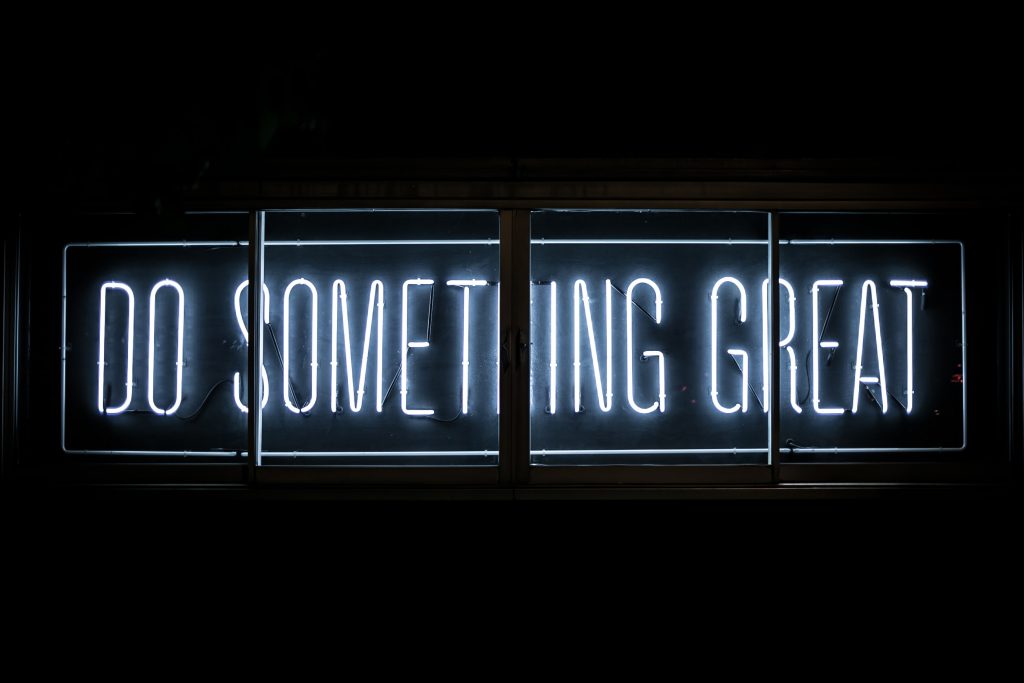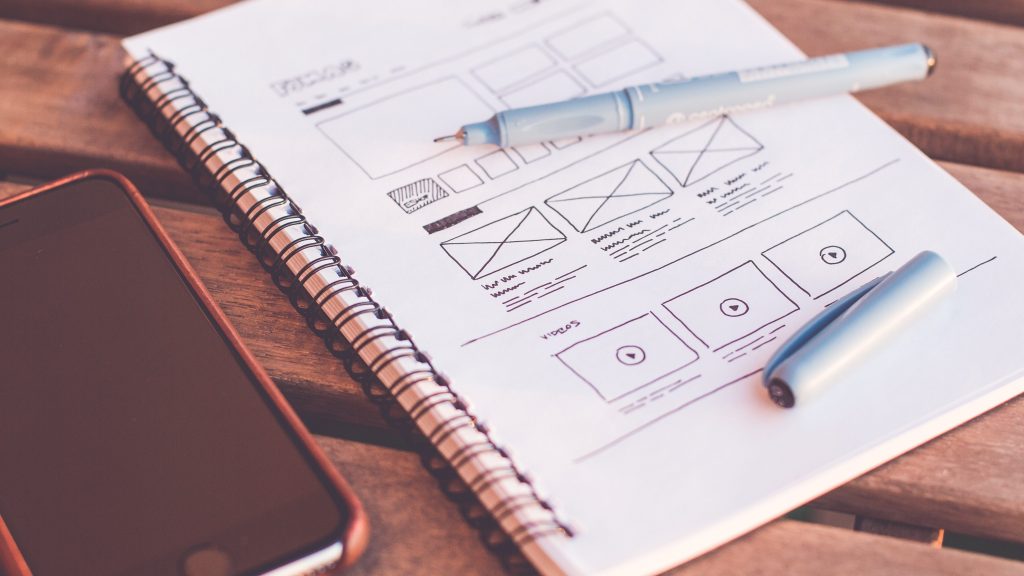In this new era of product design, products often change the way we live our daily lives. Machine learning, artificial intelligence, bots, and big data are all solutions and innovations that affect how designers create.
When creating new product designs, designers should always remember that trends are not permanent. The ideas they choose to implement must first be innovative. Afterward, the designer can manipulate the latest trends to create something that will never go out of style and that everyone will love.
Product design is a challenging field, both for novices and experts. To help you with your design projects, we’ve created an article full of product design tips. We hope that this article will give you a fresh perspective on product design and keep you one step ahead in an unpredictable industry.
1. Function is essential
When it comes to design, function matters. There may be elements that are deemed useful, but if they hinder a beautiful design, product design experts shouldn’t feel sorry to get rid of them. After all, these professionals are guided by aesthetic sensibilities and perceptions.
Creatives, you have to resist the temptation to jam every gizmo and widget that comes along into your design. A cluttered product has the tendency to lose functionality, which is the ultimate downfall of a product. The purpose of design is not just the clever display of your intellectual prowess; it is a tool to bring user experiences to life.
Products are not going to be used by the admirable designers who created them, but by people for whom functionality is critical. To ensure that professionals always consider function over form, they must know their mission.
2. Focus is key
If you’re finding it hard to be productive, focus on the product’s end goal. The most innovative products are steered by a clear head: focus is key. If you want to design a remarkable product, align your tastes with its goals. What is the purpose of this product? What problem will it solve? By being more focused on the end game, you can truly design something that delivers value to end users.
Today’s marketing environment is much more competitive than ever. Your product must remain top-of-mind or it will not sell. Once it’s sold, it must showcase its benefits clearly to increase faith in your brand and product quality.
Niche marketing helps brand curate their products as well as their online marketing strategies to attract the desired target audience. Creating truly niche products that are designed around the end user is far better than trying to be all things to all people.
3. Be aesthetic
In the fast-paced environment that is now the startup world, it’s essential that products not just perform well but also look great! Aesthetic appeal doesn’t have to take a backseat when it comes to product development. Functionality is obviously important, but functionality is only one part of a full product design manifesto. Appearance still has an important role to play.
A well-designed product is attractive on both a visual and functional level. It’s clear that the need for focused functionality will always inspire this kind of design, but it’s also clear that timeless style is essential for digital products, software, apps, websites, and tangible products. Those who want to develop their skills should never abandon an aesthetic sense.
When it comes to a product’s functionality and design, the two must go hand in hand. People want products that will help them do what they need but also look good.
The trick is to make a product look as functional and easy to use as possible but also beautiful. And let’s be honest; people want products that actually solve their problems while looking good at the same time.
4. Design can be simple
Simplicity has many definitions, but one thing is for sure — it’s crucial when designing for consumers. One of the most important rules of consumer interface design is crafting something so simple and functional that people immediately understand what it does and how they can use it. People should intuitively know how to get the product, know what it does, and know how to use it on their routine.
Good products are easy to use. If a product isn’t simple, users will be lost and never become loyal fans. In order to make a great product, designers should try to perceive a product as if they were someone who has never encountered it before.
What are the pitfalls of the product? What could go wrong, and how can it be put right? Enthusiasts ought to focus on such things to make products better in the future.
5. Plan for the long run
Well-designed items are often the ones that outlast others. For this reason, many companies have focused on maintaining excellent product design. Their focus has resulted in products that have stood the test of time. To ensure every product is well-designed, companies must design for longevity.
Another aspect of design that is considered by consumers is durability. Products that last are seen as valuable and a testament to the skill of the designer. As a result, products with long lifetimes are better for consumers and for our planet. That’s why antiques and vintage designs still look like innovative, leading-edge products today. In fact, they were intentionally designed to have long lifetimes.
6. Great ideas do not mean great products

Designers must learn that not everything they design will change the lives of their consumers. There are tons of experts who believe that every idea is going to be the next big thing in digital product design, even when it’s clearly not.
A poetic idea doesn’t always translate to the big stage. As a designer, you should be aware that your ideas may never become realized into real-world products. “It’s important to be able to step back from your ideas and say ‘Is this really necessary?’ And if it’s not really necessary, is it something that could save or improve people’s lives in some way, or do they really just want something because it looks cool?”
Good design begins with the design of a product for a specific need. The designer should not waste time designing for things that are not needed. If it is not necessary, it will only gather dust. Always make design decisions based on thorough research and testing. Designers should engage in user-experience testing to ensure that the products they envision are real needs.
7. Feedback is of utmost importance
Failing to consider the target audience is one of the most common design mistakes. When masters forget to bear the needs of the target audience in mind, they fail to create a product that can really be a helpful addition to the list of best products. What masters need to do is facilitate brainstorming sessions and go through user experience research. If you want to make sure you are on target with your visual content, looking at it from different perspectives gets you on the right track.
UX research focuses on the experiences of customers, to understand how they want to use your brand’s products. In other words, if you know what your audience wants to get out of their experience with a product, it’s easier to come up with a design that fulfills those needs. Focus groups are groups of potential customers who will provide insight into the process — and help product designers create the best possible products.
8. An advantage isn’t a feature
Features are what set a product apart. When people use the product, they’ll fall in love with its features and create benefits out of them. These benefits are the advantages customers get when they use a product with particular features.
Designers should always be on the lookout for features versus advantages. While it’s easy to design an eye-catching product, there are many other important aspects to consider. You can impress shoppers with features like sleek and unique looks, but at the end of the day, they’ll keep coming back for a unique advantage your competitors don’t provide.
The key is to make sure the product makes people’s lives better. In other words, the customer must be able to do something more easily or more quickly because of your product.
9. Preserve your usefulness
Stay true to the essence and spirit of your offering. In fact, it should be considered one of those product design “rules” every product designer should see as incontrovertible truths. Useful products are a force of nature; they tend to dominate the landscape, while useless ones fail. A product isn’t really a product without utility.
In the same way that design is part art and part science, utility is also both an aesthetic and a moral value. This means that every design element serves a purpose.
While designing artistic masterpieces, always consider usefulness and utility. Create a useful product that is simple so that customers will naturally be empowered to improve their lives. The product should never be designed for yourself, rather, it should be designed with the end-user in mind.
10. Prototype

It’s time for some more unexpected truths. From the minds of innovative manufacturers, founders, and hobbyists around the globe, prototypes have become a staple in developing strong products.
In the future, AI is going to make developing prototypes easier. Until that time, though, a prototype should be a functional version of a beneficial product concept. It can also be an early trial of initial functionality or results of an early testing phase.
Why settle for one prototype when you can test 10 or even 15? Designers must always be on the lookout to ensure their product will be the best it can be. The more prototypes they create, the more chances they have to see what is missing, what are the major flaws of a certain design, and even estimate production costs. If a designer is unsure of how to find the right prototyping company, there are many out there. One that we are proud of is Sketch On Demand. You can have a prototype within a week of submitting your idea.
The world’s biggest companies and most user-friendly brands come from designers who prototype. Whether you’ve designed a simple, intuitive, timeless product that is shaping the future of the user experience, or you’re trying to create one, prototyping is an essential step in turning raw ideas into reality.
11. Get your website right
In the 21st century – an era of cyber-transactions and space-age avante-garde design principles – web design is more important than ever. Unfortunately, not every designer has mastered UX methodology, leading to a bad experience for users. When it comes to product design processes, there are several steps that designers must follow in order to ensure that their products are well-received by the public.
How does a designer ensure their creation of a website is useful, accessible, and well-maintained? It’s simpler than it may seem. They must take specific helpful tips into account, ensuring that the process of digital product design is seamless for users and allows them to quickly find what they need on countless digital platforms.
A good headline should state the benefit or value proposition; it should showcase multiple features and differentiators that make the product outstanding. A great headline also has a call to action that makes users want to find out more about the product or service. Remember, be user-centric, detail-oriented, and highlight what is unique and different about a product or service.
To improve site design, experts should encourage users to scroll down the page for additional points of entry into the funnel. Furthermore, designers should always remember to engage users with visuals that are both pleasurable to look at and contrasting with a headline that is emotionally persuasive.
